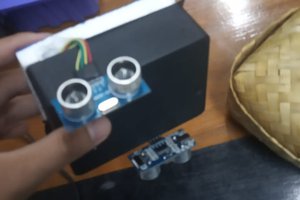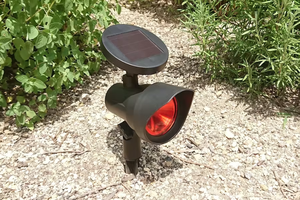The device will consist of 2 halves connected with a hinge, much like a laptop.
The top half of the device will be a colored screen that functions as a digital photo frame. Family members can share the latest photos. These photos will be downloaded and displayed. Two buttons next to the screen allows the user to manual change the displayed photo, otherwise the photos will change on timed intervals.
The bottom half of the device will be an E-ink screen. Calendar dates are shown here. The current date is highlighted. E-ink screen is used because only texts will be displayed on this screen and it can reduce power consumption.
A proximity sensor on the top half of the device is used to detect the presence of someone looking at the photo. When detected, the calendar screen will change and display tagged messages for that photo. Upcoming appointments is also shown just below the messages.
An accelerometer or tilt sensor is used to detect orientation of the device. This is so that the photo calender can be either hang on the wall or stand on a table surface.
The device is powered off AC. It will achieve internet connection either through WiFi or mobile SIM (3g or 4g).
An example use would be where the grandson may be studying at a foreign country and just graduated. He can then send pictures of his graduation ceremony to the grandparents along with a message saying "Just graduated, will be flying back next week".

 dede rohmat
dede rohmat
 AIRPOCKET
AIRPOCKET
 mircemk
mircemk